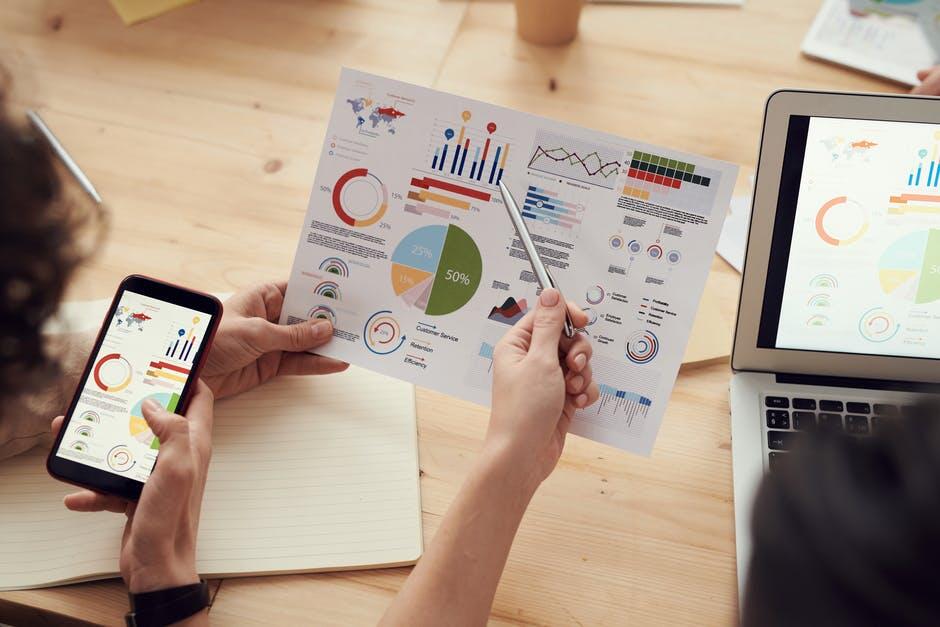Products
Use cases
Industries
Resources
Company

Legal teams don't lose cases because they missed the data. They lose because they couldn't understand what it meant...or explain it clearly. When tens of thousands of documents, emails, and chats pile up, no one has time to dig through it all manually.
The problem isn't volume; it's clarity. That's where visual analytics come in eDiscovery technology with built-in visualization tools helps legal professionals cut through complexity and spot the patterns that matter.
If you're dealing with high-stakes litigation, this is the edge you need. Keep reading to see how visual tools change the entire eDiscovery process.
Legal teams today deal with huge amounts of digital information. From emails and chat logs to cloud-based files, the data involved in legal discovery keeps growing. Some of this data might be obvious and structured, but most of it is unorganized and hard to interpret.
Traditional document review once followed a straight line: collect, read, tag, and repeat. That method still exists, but it tends to be too slow and too costly for modern cases.
AI-assisted review tools are now changing how legal teams approach the eDiscovery process. With these tools, review workflows are more efficient and adaptive.
Visualization helps legal teams interpret information faster. In fact, tools like dashboards, concept clusters, and heatmaps give users a new way to see the shape of the data. They can reveal patterns in communication, relationships between key people, or even shifts in themes over time.
Visuals also help reduce mental load. Rather than reading through lines of text or long spreadsheets, legal teams can focus attention on what matters most, quickly and clearly.
Most legal professionals already rely on eDiscovery tools for basic document review. Yet, very few get the full advantage that visualization offers when these tools include built-in, interactive visuals.
Visual analytics can make review faster and more accurate. Teams can spot gaps, trends, or high-risk areas within seconds.
For example, communication maps show who talked to whom, how often, and when. This makes it easier to flag suspicious behavior or important connections.
Visualization also helps cross-functional teams align more easily. Legal, compliance, and IT teams often work together during litigation, and visual outputs support clearer, faster collaboration.
In some respects, the biggest shift comes from how AI in legal discovery supports smarter decision-making. AI models can now help prioritize documents for review and show which themes show up most often. When those insights are visualized, the results are easier to act on.
Legal storytelling becomes stronger with these tools too. Whether you're in a meeting, writing a brief, or preparing for trial, visuals support your argument with direct, visible evidence.
Visual tools are helpful at every step of the Electronic Discovery Reference Model (EDRM). Each phase gains speed and clarity when backed by visualization.
Legal teams need to understand what they're working with-fast. Early Case Assessment (ECA) tools that offer visual dashboards help legal teams zero in on potential risks, key players, and data volume. Instead of guessing, teams get a picture of what's in front of them.
During document review, visuals can help reduce clutter. For instance, clusters group similar documents together, which might reduce the number of items needing full manual review. Visual scores from AI-assisted review further streamline the process by showing what's more likely to be relevant.
Case strategy benefits from clear data interpretation. Communication timelines, concept maps, and heatmaps help identify when key events occurred and who was involved. These visual elements build a solid foundation for arguments and case framing.
When it's time to produce documents or present findings in court, visual tools support clarity. Charts and diagrams simplify complex interactions. In court, they can help make key facts obvious to judges and juries.
Choosing the right eDiscovery solutions often depends on how they handle visuals. Some platforms treat visualization as an extra feature. Others, like Reveal, build it into the core of the platform so legal teams get immediate access without extra work.
Look for tools that let users interact with the data. Point-and-click filters, cluster wheels, and concept maps should respond quickly. These features reduce time spent searching and let users go deeper into the data when needed.
Predictive models should feed into these visuals. That way, relevance scores, emotional cues, or even language translation can be viewed visually.
For example, Reveal's AI models work directly with visual outputs so you can see how documents connect in real time.
Usability matters too. Legal teams often don't have time to learn complex new systems. Tools that offer a responsive interface with drag-and-drop functionality tend to be easier to adopt across teams.
The best eDiscovery tools let you adjust features to fit your needs. Some matters are massive and global; others are narrow and quick. Good visual tools should flex in either direction.
Look for these features when choosing a platform:
Clear, fast insights win legal battles. This article showed how visual tools built into modern eDiscovery technology can simplify complexity, speed up legal discovery, and support better decisions throughout litigation.
Reveal stands out with a platform designed specifically for legal teams, complete with interactive visual dashboards, AI-assisted review, and analytics-powered search. Our built-in concept clustering, communication analysis, and heatmap tools work across the full EDRM.
Reveal offers a single, scalable platform that's flexible, secure, and built for speed. Schedule a demo today to see how Reveal can help your team move faster and find the story in your data.